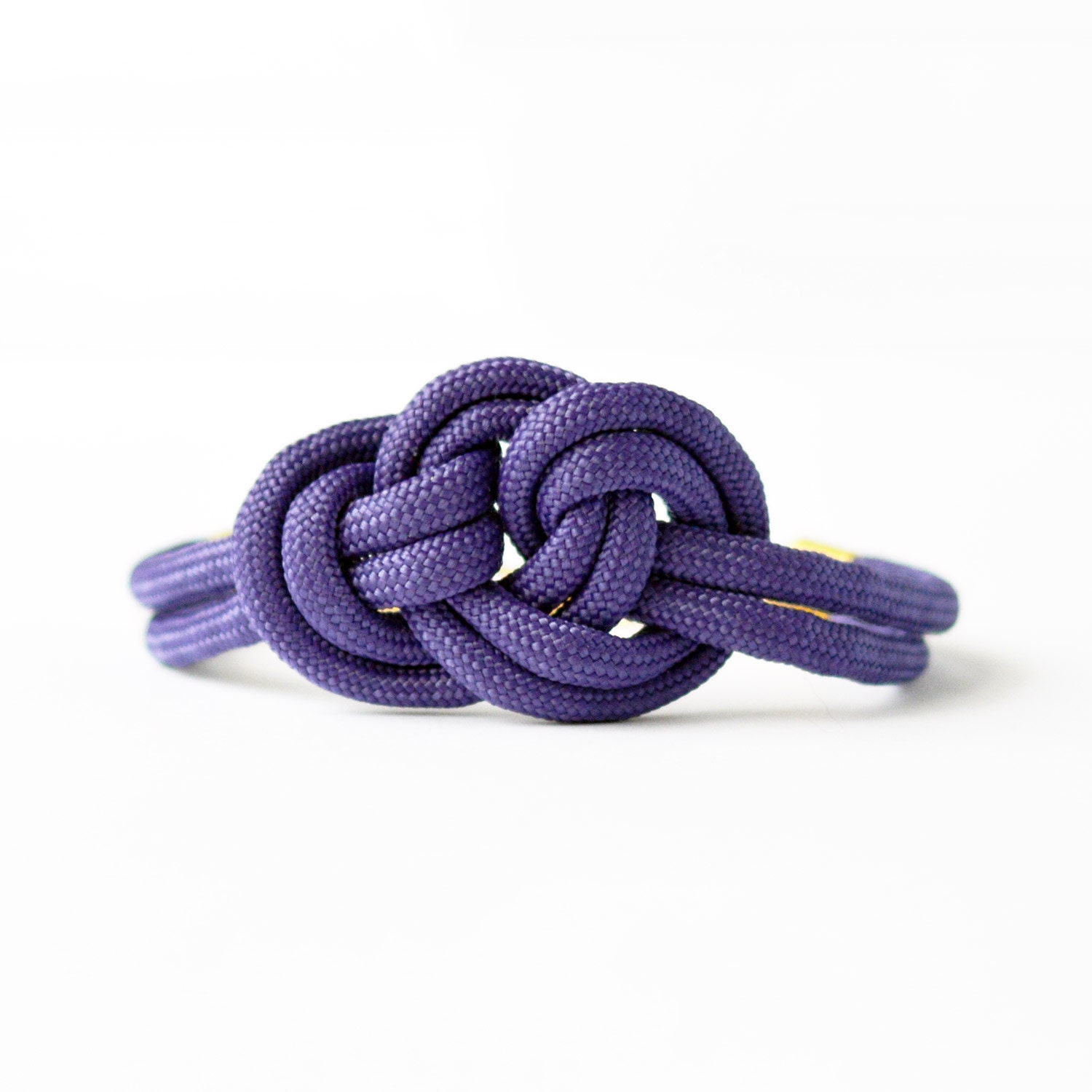


Such bracelets are meant to be unraveled when one needs rope for whatever purpose - securing cargo, lashing together poles, fixing broken straps or belts, or assisting with water rescues. Hikers and outdoor sports enthusiasts sometimes use "survival bracelets " made of several feet of paracord which is woven into a compact and wearable form. Since nylon does not rot or mildew, it has become known as an all-weather material for whipmaking. The durability and versatility of this material has proved beneficial for performing whip crackers and enthusiasts. Paracord has also been used for whipmaking. Particularly poor quality examples may have fewer strands in the sheath or core, have cores constructed of bulk fiber rather than individual yarns, or include materials other than nylon. A given product labelled as paracord may not correspond to a specific military type and can be of differing construction, quality, color, or strength.

After World War II parachute cord became available to civilians, first as military surplus and then as a common retail product from various surplus stores and websites. The same properties which soldiers appreciate in paracord are also useful in civilian applications. Some companies use paracord in conjunction with other survival components to create everyday wearable survival kits. These are sometimes tied in a fashion that can easily be unraveled for use in a survival situation. In addition to purely utility functions, paracord can be used to fashion knotted or braided bracelets, lanyards, belts, and other decorative items. The ends of the cord can be melted and/or crimped to prevent fraying. For applications requiring a thinner or less elastic cord, such as shoelaces, users often remove the yarn in the core and use the nylon sheath alone. The yarns of the core (commonly referred to as "the guts") can also be removed when finer string is needed, for instance as sewing thread to repair gear, or to be used as fishing line in a survival situation. When threaded with beads, paracord may be used as a pace counter to estimate ground covered by foot. Typical uses include attaching equipment to harnesses, as dummy cords to avoid losing small or important items, tying rucksacks to vehicle racks, securing camouflage nets to trees or vehicles, and so forth. However, it continues to be used by many military units in almost any situation where light cordage is needed. Historically associated with airborne units and divisions, paracord is not used as cordage for modern "square" parachutes.


 0 kommentar(er)
0 kommentar(er)
